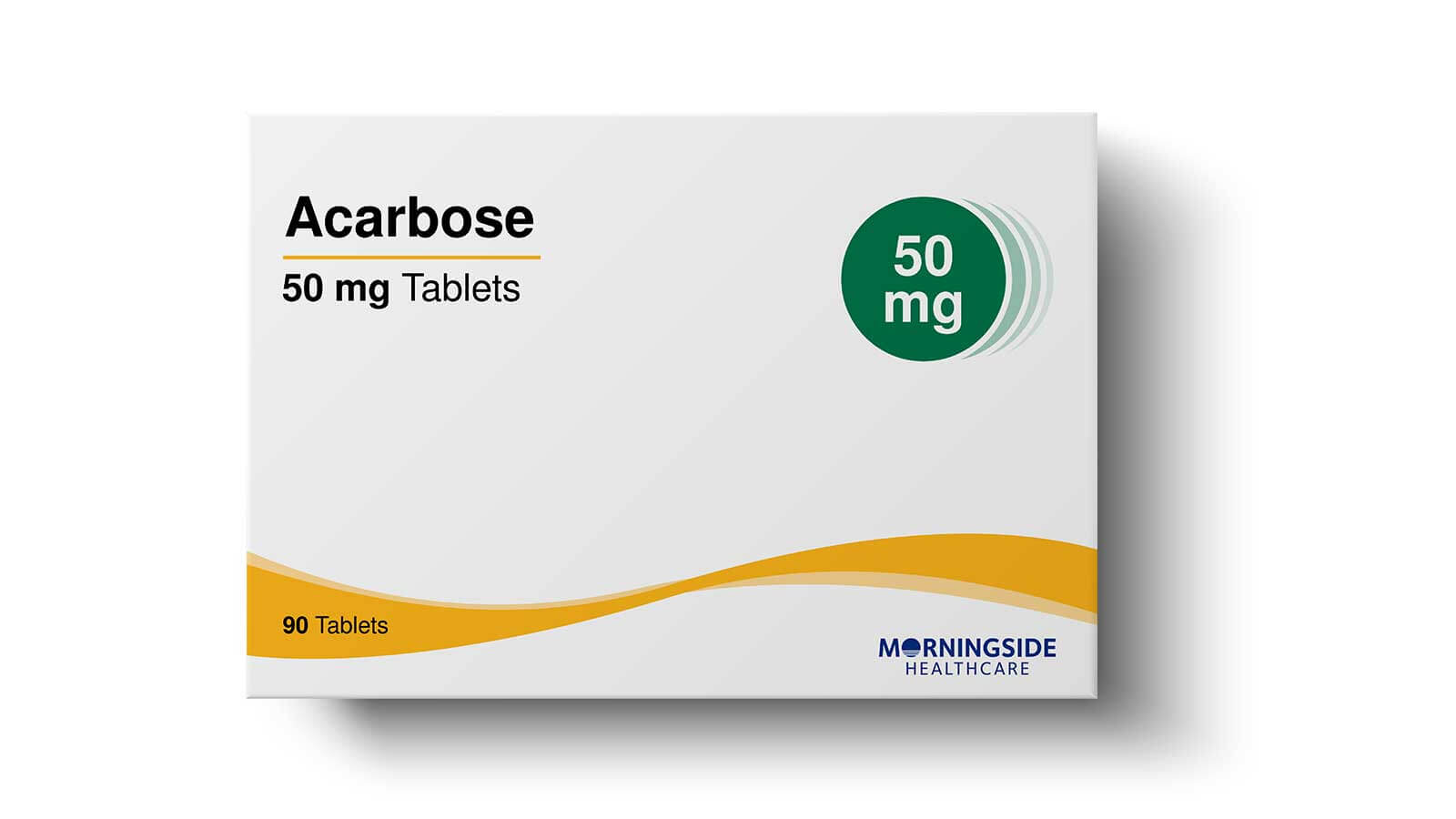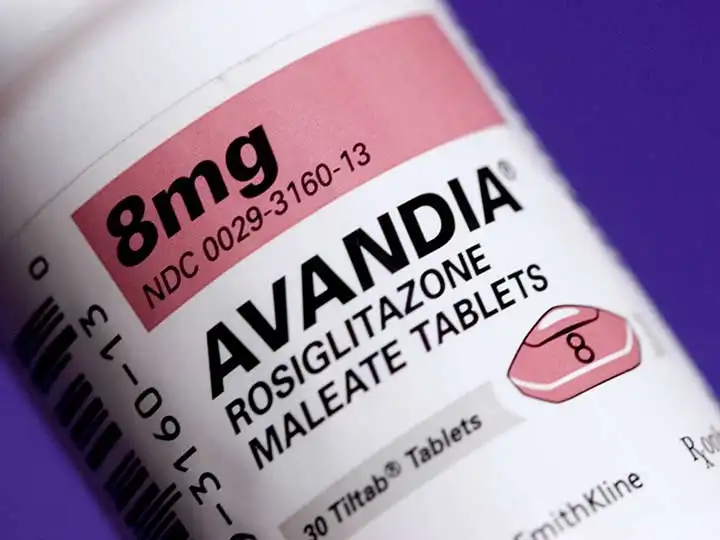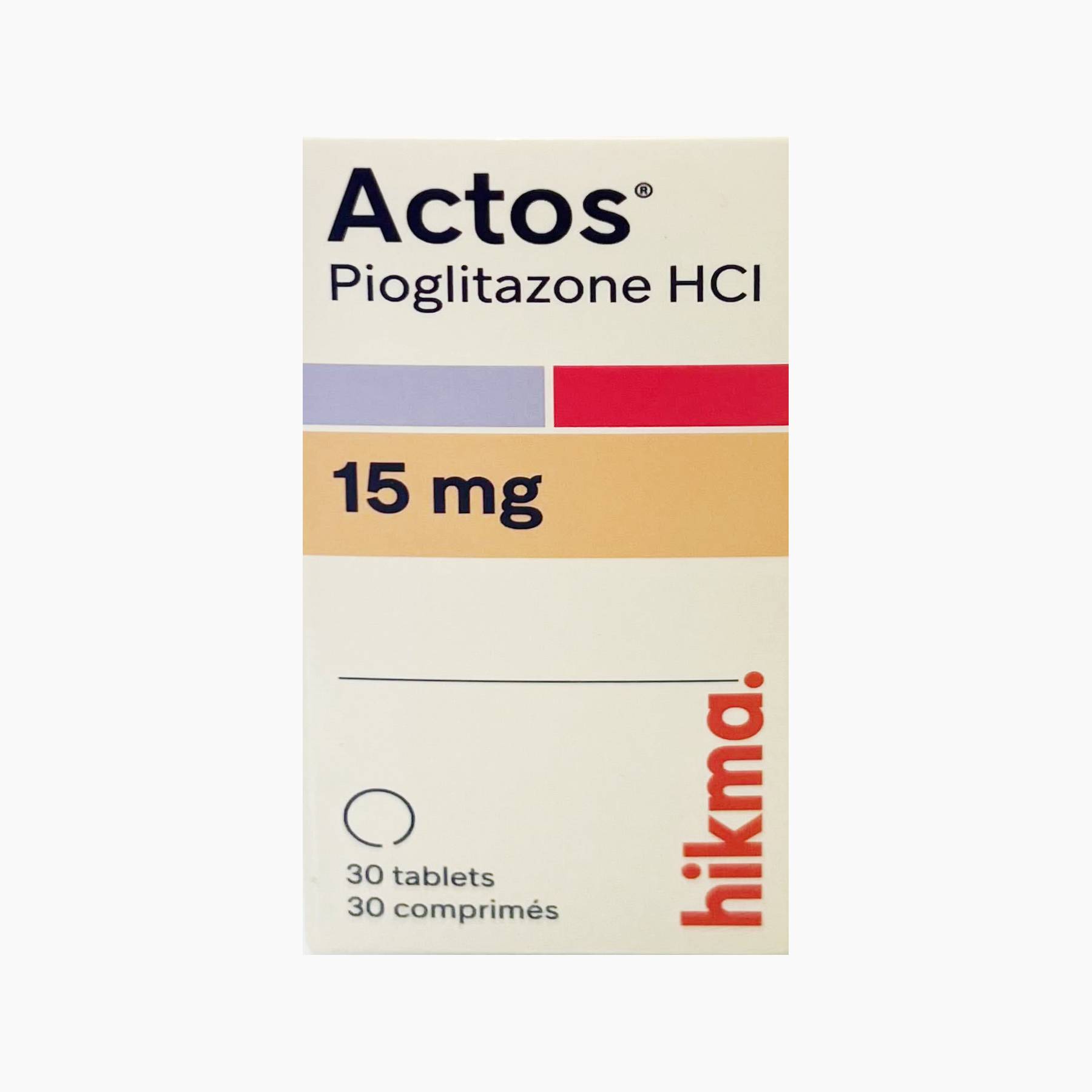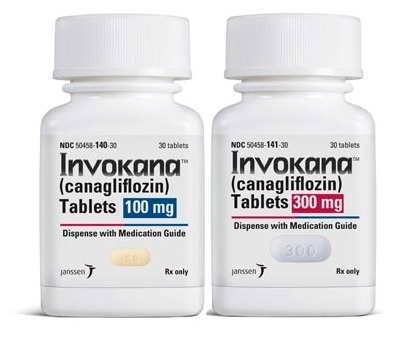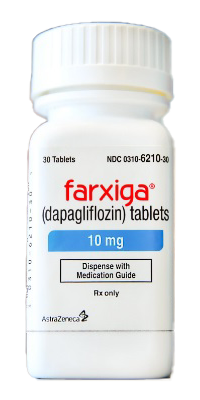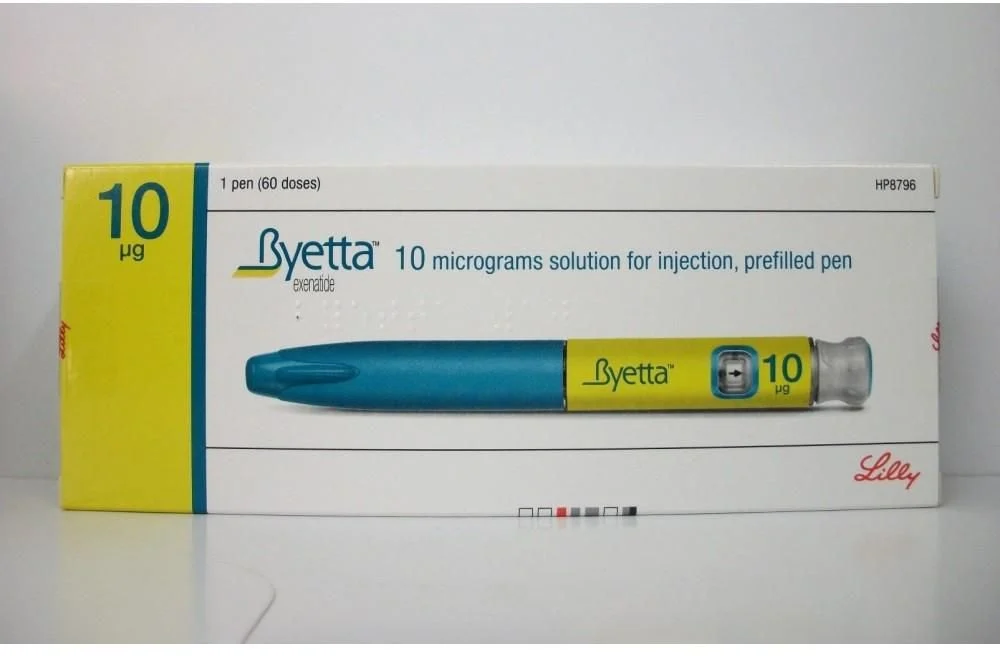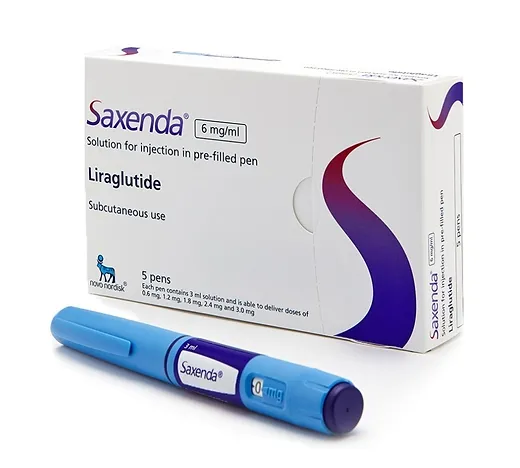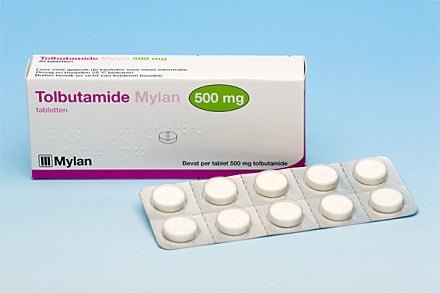Acarbose serves as an oral medication that aids in the control of type 2 diabetes. It helps control blood sugar levels by delaying the digestion and absorption of carbohydrates in the small intestine. This profile provides a detailed look at Acarbose, its mechanism of action, uses, side effects, dosage, and popular brands. What is Acarbose?…
Category: Antidiabetic Drugs
Diabetes mellitus is a chronic disease characterized by elevated blood glucose levels, resulting from either a lack of insulin production (Type 1 diabetes) or resistance to insulin (Type 2 diabetes). Proper management of diabetes involves lifestyle modifications and the use of pharmacological agents to control blood sugar levels. There are several classes of antidiabetic drugs, each with distinct mechanisms of action, benefits, and potential side effects.
This category provides a detailed overview of the most common antidiabetic drugs, categorized by drug class, and outlines their specifications. It includes information such as their mechanism of action, half-life, excretion route, HbA1C reduction, risk of hypoglycemia, body weight effects, cardiovascular benefit/risk, and any additional adverse effects. Additionally, we will explore the different types of anti-diabetic agents, examples of drugs in each category, and brief explanations.
Main Types of Anti-Diabetic Agents
The main classes of anti-diabetic drugs include:
- Insulin and Insulin Analogues
- Biguanides (e.g., Metformin)
- Sulfonylureas (e.g., Glibenclamide)
- DPP-4 Inhibitors (e.g., Sitagliptin)
- GLP-1 Receptor Agonists (e.g., Liraglutide)
- SGLT-2 Inhibitors (e.g., Empagliflozin)
- Thiazolidinediones (e.g., Pioglitazone)
- Alpha-glucosidase Inhibitors (e.g., Acarbose)
- Meglitinides (e.g., Repaglinide)
Rosiglitazone is a pharmaceutical agent utilized for managing diabetes, falling within the thiazolidinediones (TZDs) classification. These drugs are commonly used in the treatment of Type 2 diabetes to improve blood sugar control. Chemical Structure Rosiglitazone is a synthetic, non-sulfonylurea drug that is structurally related to other thiazolidinediones. Its chemical formula is C18H19N3O3S, and it contains…
Pioglitazone is a medication in the thiazolidinedione class, used primarily to manage type 2 diabetes. It works by improving insulin sensitivity, helping to control blood glucose levels. This article explores the mechanism of action, chemical structure, pharmacokinetics, pharmacodynamics, indications, side effects, interactions, contraindications, and lists commonly prescribed brand names. Mechanism of Action of Pioglitazone It…
Canagliflozin, a medication in the SGLT2 inhibitor class, is commonly prescribed to treat type 2 diabetes mellitus and prevent cardiovascular events in high-risk patients. It functions by inhibiting glucose reabsorption in the kidneys, helping lower blood sugar levels. This article provides a detailed overview of Canagliflozin, its uses, mechanism of action, dosage forms, and safety…
Dapagliflozin is a pharmaceutical agent indicated for the management of type 2 diabetes, heart failure, and chronic kidney disease (CKD). It belongs to the class of sodium-glucose cotransporter-2 (SGLT-2) inhibitors, which have proven effective in lowering blood glucose levels and offering additional cardiovascular and renal benefits. Mechanism of Action of Dapagliflozin Dapagliflozin works by inhibiting…
What is Empagliflozin? Empagliflozin is an antidiabetic medication classified as a Na-glucose co-transporter 2 (SGLT-2) inhibitor. It is primarily used for managing type 2 diabetes and offers additional benefits for heart failure and chronic kidney disease. Mechanism of Action Empagliflozin perform its work by inhibiting the SGLT-2 protein in the kidneys. SGLT-2 is responsible for…
Exenatide is primarily prescribed to help control type 2 diabetes.. It belongs to the class of GLP-1 receptor agonists, which play an important role in maintaining the blood glucose levels. Below is an overview of Exenatide, its working mechanism, uses, structure, and related information. How Exenatide Works Exenatide replicates the effects of glucagon-like peptide-1 (GLP-1),…
Liraglutide is a medication used primarily for managing type 2 diabetes and obesity. It belongs to a class of drugs known as GLP-1 (glucagon-like peptide-1) receptor agonists, which play a crucial role in regulating blood glucose levels and promoting weight loss. Mechanism of Action Liraglutide mimics the activity of the natural hormone GLP-1, which is…
Tolbutamide is a first-generation sulfonylurea medication commonly used to manage type 2 diabetes mellitus. It helps lower blood sugar levels by stimulating the release of insulin from the pancreas. This article covers the pharmacokinetics, pharmacodynamics, uses, side effects, contraindications, drug-drug interactions, and a table of popular brand names with specifications. Structure of Tolbutamide Pharmacokinetics…
Chlorpropamide is a medication belonging to the sulfonylurea class, primarily used in the management of type 2 diabetes. This article explores the drug’s mechanism of action, uses, side effects, contraindications, drug interactions, and provides a table listing its popular brand names, dosages, and specifications. Table of Contents Introduction Mechanism of Action Uses Side Effects Brand…
